Volvo’s first commercial autonomous truck for the U.S. highway market

Today, we’re excited to share a first look at the Aurora-powered Volvo VNL, Volvo’s flagship long-haul truck, integrated with the Aurora Driver’s sensor suite. This prototype is the first of the Volvo VNL fleet to be designed to operate with the Aurora Driver, and represents a significant step as we begin building commercial L4 Class 8 trucks at scale for Volvo’s North American customers.
Developing a self-driving truck with Volvo that’s both reliable and scalable
Volvo, the second-largest heavy-duty truck manufacturer in the world, builds hundreds of thousands of trucks each year and has developed trusted relationships with shippers and carriers over the course of decades. By joining forces with Volvo Autonomous Solutions, we have the support of Volvo’s trucking industry stature, engineering prowess, production capacity, commercial relationships, and safety leadership to commercialize Aurora-powered Volvo trucks at scale.
We are leveraging the power of the Aurora Driver Development Program to structure the engagement and maximize our combined team’s strengths in world-class vehicle engineering, manufacturing and support, and autonomous vehicle technology development.
Moving safely and efficiently with Volvo
Today’s long-haul truck, like most vehicles, is designed around the safety and comfort of a human driver. This means that the truck and its systems have been tested and deemed acceptably safe for all contexts where a human is behind the wheel. If any part of the truck fails, the human driver has the tools to manually bring the vehicle to a safe state.
A fully autonomous truck, by definition, lacks a human backup driver. Instead, the truck must be equipped with high-assurance systems and redundant systems that can take over control if a failure occurs. For example, if the primary brake system were to fail, the secondary brake system must take over and ensure that the vehicle comes to a safe stop. In addition to redundancies for core systems like braking, steering, and propulsion, the autonomy system driving the truck also needs to be plugged into sensory inputs like wheel speeds and actuation controls like turn signals and hazard lights.
This incredibly complex process is why we’re collaborating with Volvo to design the VNL architecture for our Driver and why these trucks will be manufactured on Volvo’s own production line. It also means we’re not retrofitting each truck with hundreds of these driverless platform requirements, critical redundancies, and controls on our own—a vastly inefficient and unreliable process. Volvo has led the industry in safety for nearly 100 years and validates all vehicles against its own industry leading safety standards. For our part, to ensure the safety of what we’re building together will be able to operate without a human driver, we rigorously adhere to the guidelines in our Safety Case Framework.
Over the next several months, we’ll integrate our feature-complete hardware kit and test and validate these trucks through our robust Virtual Testing Suite. It’s an exciting time and we look forward to sharing more soon.
Related (06)

August 7, 2025
The Road Never Sleeps: Aurora’s Trucks Go Driverless Day and Night
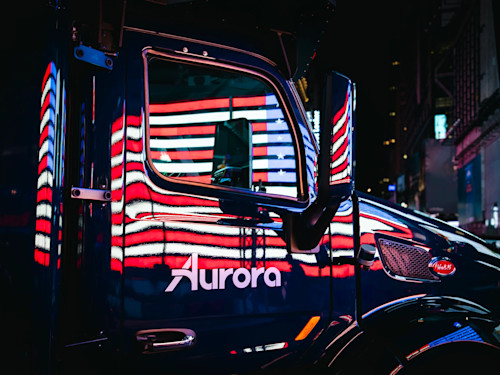
March 31, 2025
Trust and Transparency: Aurora’s Work with Government Leaders Ahead of Self-Driving Operations
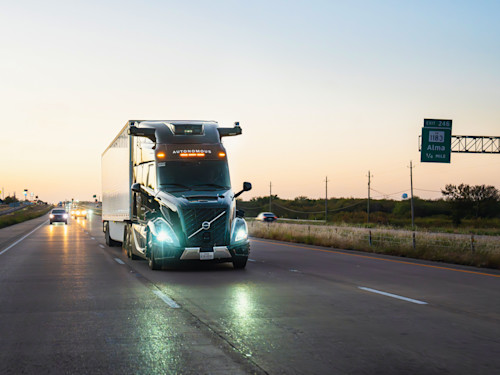
March 12, 2025
Answering More of Your Questions About Aurora and Autonomous Vehicles
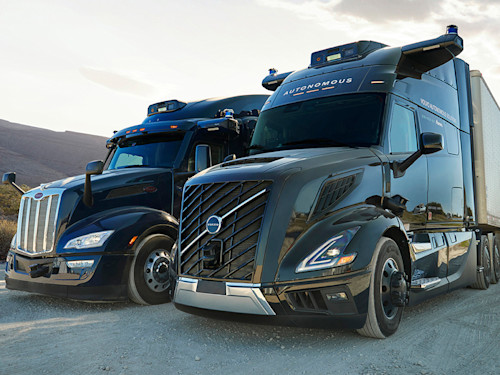
February 27, 2025
Have Questions About Aurora and AVs? Get Your Answers Here.
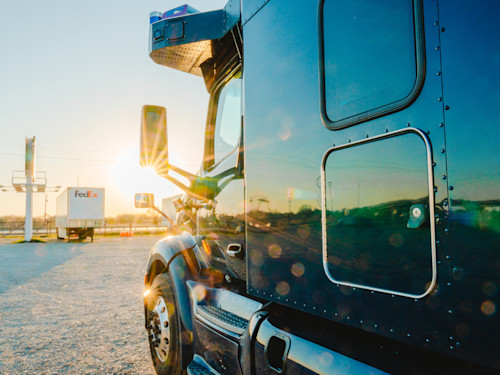
August 5, 2022
Recap: Aurora’s Q2 2022 progress toward commercial launch
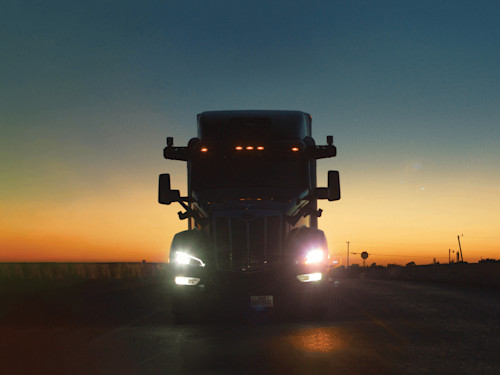
November 4, 2022